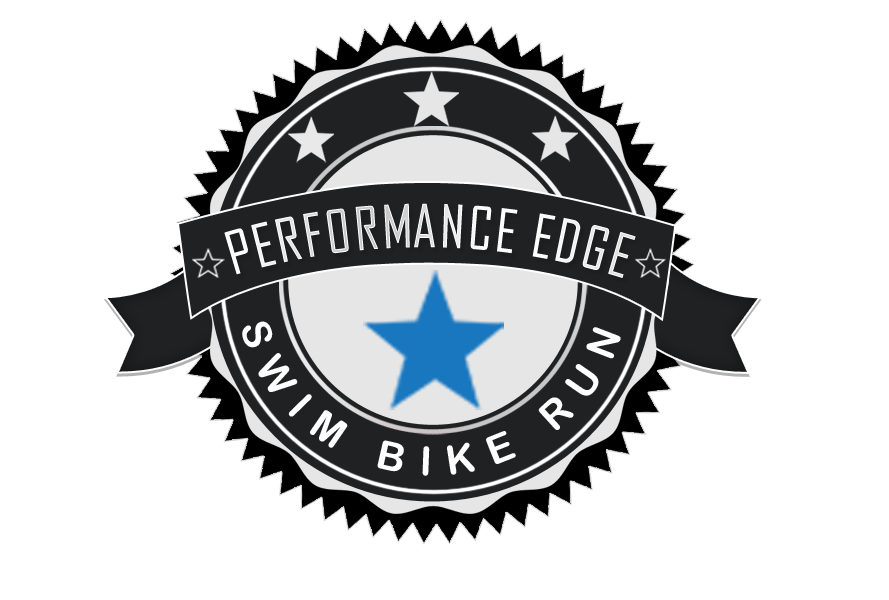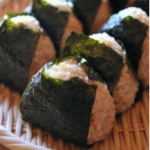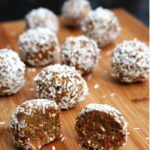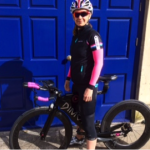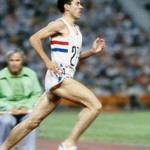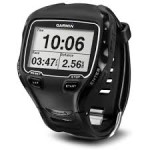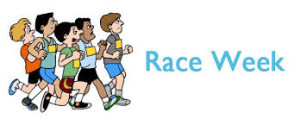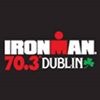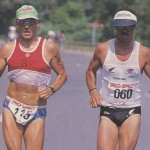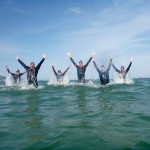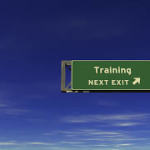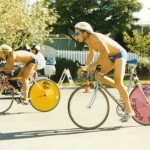Every July since 2010 Pembrokeshire plays host annually to one of the most difficult multi-sport events – the Long Course Weekend. This unique event lasts three days and has grown from humble beginnings to now accommodate some of the best triathlon talent in the UK and the world, including a number of athletes utilising it as the perfect preparation and build up to the Ironman Wales event in September.
Beth did the event last year when I was away training in Switzerland and thoroughly enjoyed it so this year we both signed up for the full Long Course Weekend event; it was great preparation for Beth’s Ultraman event later this year and in my case I still love to participate in the sport I coach. There are a number of options for each discipline but to qualify for the Long Course and that elusive fourth medal you clearly have to do the full distance in each event. The weekend kicks-off on the Friday evening with The Wales Swim. There are two options a 1.2 mile and a 2.4 mile swim and it takes place on Tenby’s North Beach. The Long Course athletes have to complete 2.4 mile swim. Having not swum at all for a month due to a rotator cuff injury this was never going to be pretty for me and so it turned out with me exiting in 117th place. The course is a two-lap swim, for the full distance, with a so called “Aussie exit” (although I’m led to believe that Australians have no idea what an Aussie Exit is, nor why we call it that) and goes in a clockwise direction. The first buoy was reportedly 800m away but it seemed to take forever to reach it. There was a minor swell running and it was a little lumpy, there were reports of jellyfish last year but I only saw one however it genuinely was the biggest one I have ever seen! Straight up this event felt different to an Ironman branded event, with very little of the testosterone fuelled hype at the start and a much friendlier atmosphere. So straight away I liked it. We had stayed in a B&B in Tenby so you could just walk down to the start in your wetsuit if you wanted although we chose to just change on the beach and use the bag drop which was all very efficient. It was also quite nice to just do the swim and go back to the B&B rather than the thought of getting straight onto the bike.
On Saturday the attention turns to The Wales Sportive, and 112 miles of “undulating” Welsh countryside lined in parts with enthusiastic crowds. There is also a 44 mile and a 66 mile route option. This ride is extremely tough and some of the “undulations” are full blown hills. The weather was dark, rainy and in parts foggy. The rain did not ease up for the entire event and I did not take the rain jacket off. They start you in small groups and I started near the back and was constantly passed at the start by the likes of Lucy Gossage who was safely tucked in behind a peloton of riders from Cambridge. I wasn’t able to stay on the back of the group, to be fair I couldn’t even get on the back of the group! It is not a ‘race’ as such it is sportive so is fully draft legal. For me I spent the majority of the ride on my own and it wasn’t until near the end that I started catching riders. I rode my road bike as opposed to my Tri bike and at the time this seemed to be a mistake as there are certainly large parts where you can get nice and aero on the tri bars (perhaps a bit of grass is greener) although I was happy to be on the road bike for the decents as in the rain and fog with steaming up glasses there were a little sketchy, quite a few people came off. The ride is tough and my ride was fairly miserable going about 90 minutes slower than I did at my last Ironman. Got it done though and saved some time by not using the sportive style food stations and carrying my own food; I finished in 98th place.
To finish the weekend, the athletes have the small task of completing the 26.2 miles of The Wales Marathon, which is quickly establishing itself as a fantastic event in its own right. There are 5k, 10k and Half Marathon options with the latter two starting after the marathon. The Half for example starts 2 hours after the marathon start so if you are quick enough you will be cheered on by those runners waiting to start the half. In my case the fastest runners in the half and the 10k started to pass me around my 20 mile mark. The run was by far my best event and with the weather being much improved I aimed to run around 3:15 pace or 7:30 per mile. The route is an extremely hilly single lap and is not the Ironman Wales run course. I stayed on pace until around mile 18 or 19 but started to drift off towards the end. I came in at 3:25 which was the 26th fastest marathon time. Swim and bike for show – run for dough! You can tell which event runners are doing by their bib colour and both spectators and other runners alike were appreciative of the Long Course athletes. I passed a fellow LCW athlete on the run and rather than trying to race me he was complimentary about how well I seemed to be going – this isn’t what happens in an Ironman when you pass someone in your Age Group!
All in all I can thoroughly recommend the Long Course Weekend. It is challenging but more than that it is a well-run event with none of the drama that goes with the Ironman events, so no huge race briefing, no racking of bike or dropping of bags and it is conducted in an inclusive and friendly atmosphere. With the pick and choose nature of each discipline there is something here for everyone. For those doing an Ironman later in the year you could do the full swim and bike and perhaps just the 10k to save your legs for example. Entries for next year are open and if I was you I’d get on it.
If you have any more in depth questions about our experience of the event just contact us.
